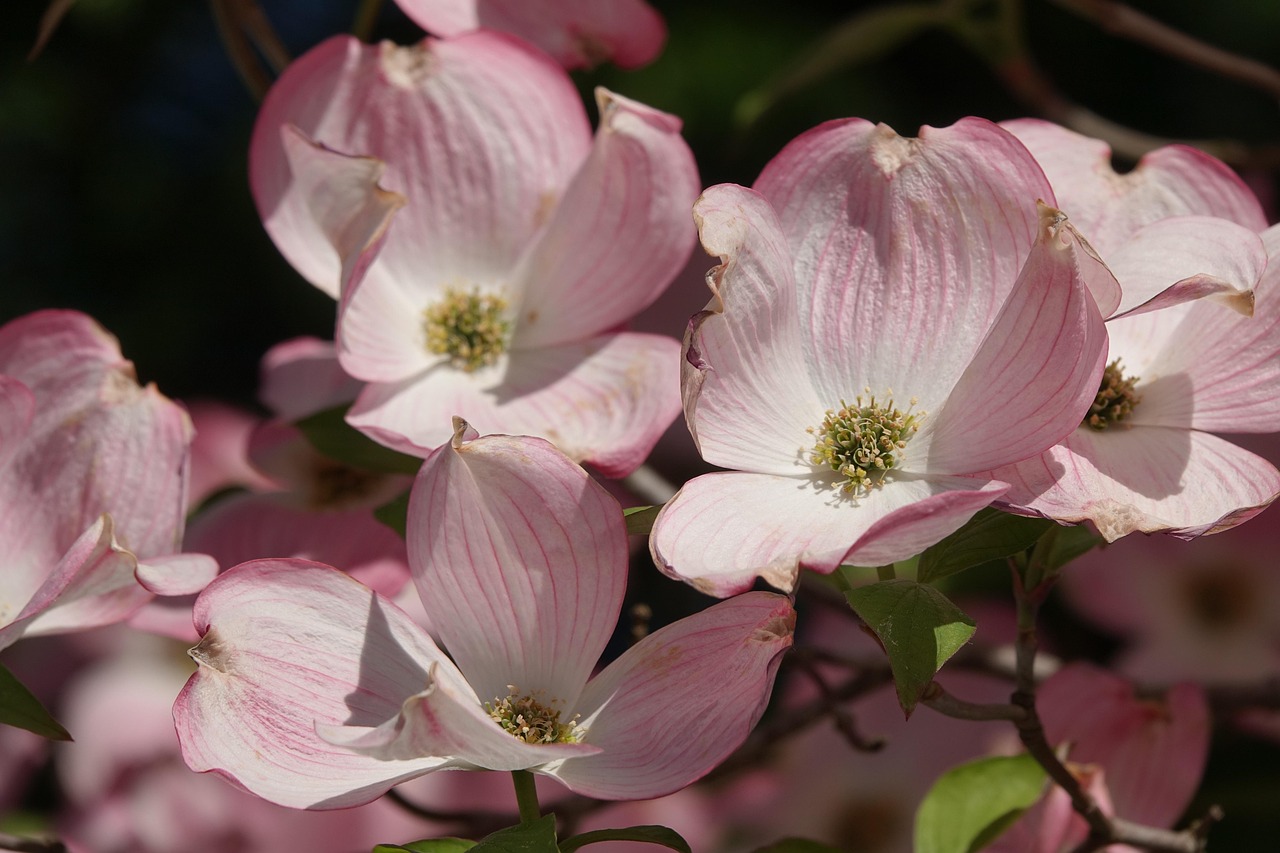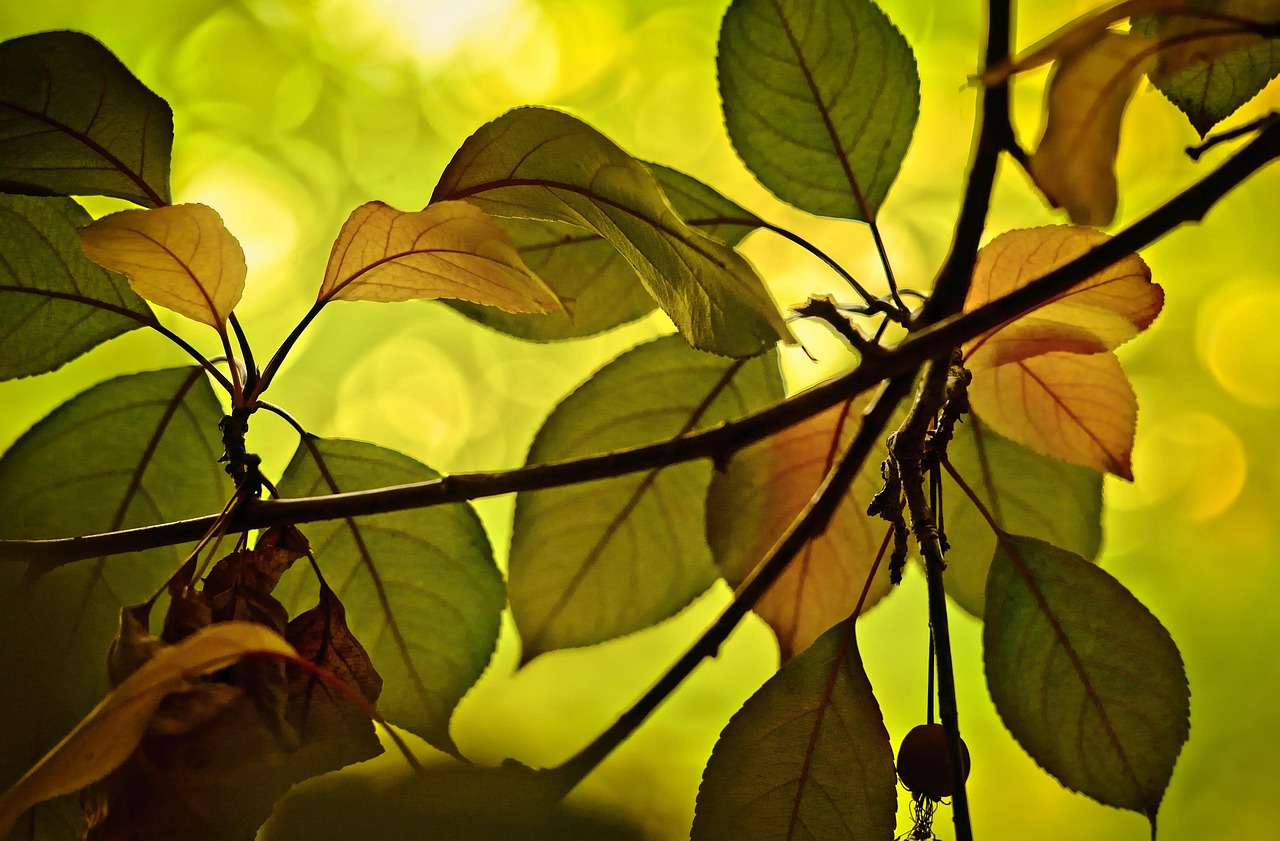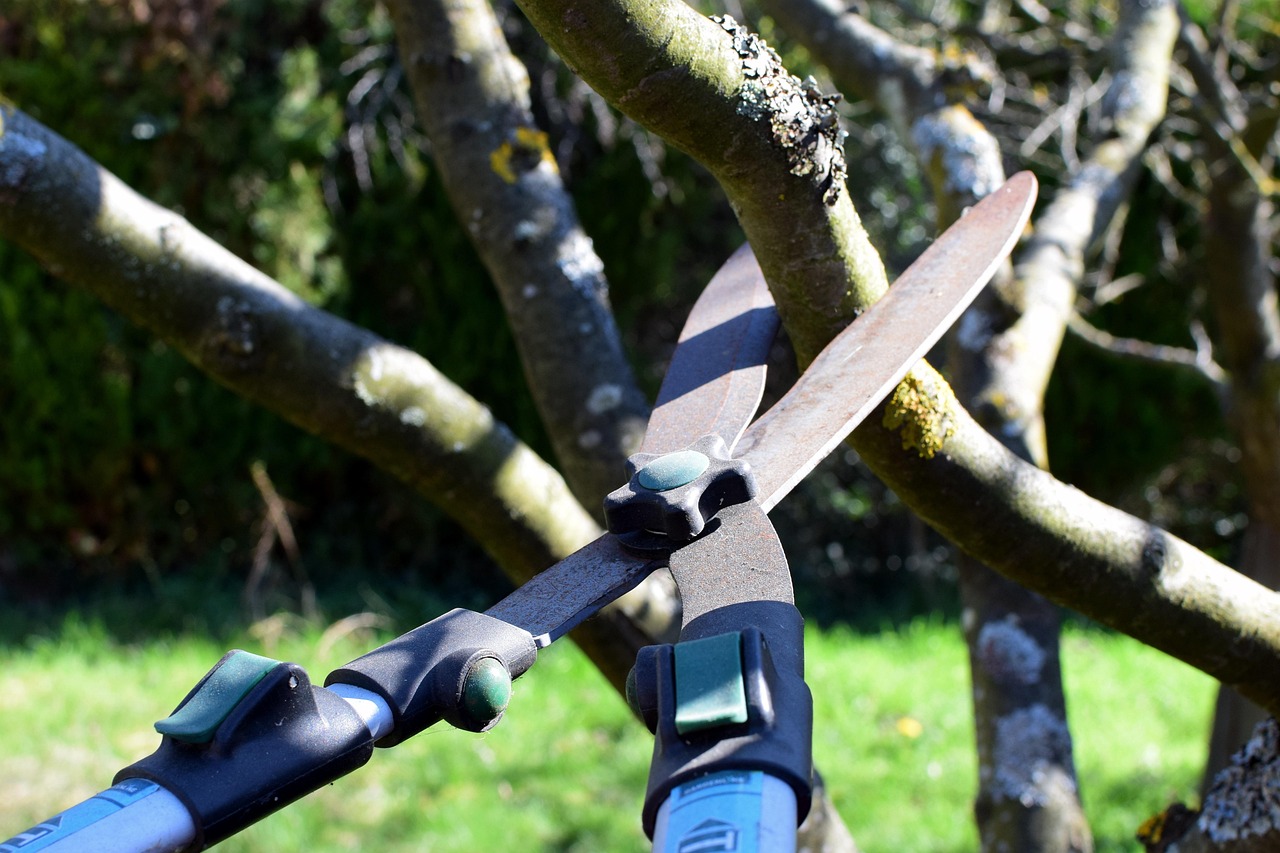Pruning crabapple trees for dense foliage involves removing dead or diseased branches, thinning crowded areas, and shaping the tree to encourage healthy growth. This promotes better air circulation and sunlight penetration, leading to robust foliage and vibrant blossoms.
Crabapple trees are popular ornamental trees known for their beautiful spring blooms and attractive fruit. These trees can vary in size and shape, making them versatile for different landscapes. However, to maintain a healthy appearance and promote denser foliage, regular pruning is essential. Proper pruning techniques help prevent diseases, improve air circulation, and enhance the overall aesthetics of the tree.

Understanding the right time and method for pruning can make a significant difference in the tree’s health and growth. Typically, the best time to prune crabapple trees is during late winter or early spring before new growth begins. This timing allows for easier visibility of the tree structure and minimizes stress on the tree. Below are some key benefits of pruning crabapple trees:
- Encourages denser foliage and better flowering.
- Improves air circulation and light penetration.
- Reduces the risk of disease by removing dead or infected branches.
- Shapes the tree for a more aesthetically pleasing form.
Essential Pruning Techniques
Effective pruning requires knowledge of specific techniques to ensure the health of the crabapple tree. The following methods are commonly used:
Thinning
Thinning involves selectively removing branches to open up the canopy. This technique facilitates better air circulation and sunlight exposure, which is crucial for healthy foliage. When thinning, aim to remove:

- Crowded branches that cross each other.
- Weak or spindly branches that do not contribute to the overall structure.
- Branches that grow inward towards the center of the tree.
Heading Cuts
Heading cuts shorten branches by trimming them back to a bud or lateral branch. This encourages branching and denser foliage. Make heading cuts carefully to avoid damaging healthy buds. Aim for cuts that are angled to promote water runoff and reduce disease risk.
Clean Cuts
Always use sharp, clean tools when pruning crabapple trees. Dull tools can cause jagged cuts that make the tree vulnerable to pests and diseases. Make clean cuts at a slight angle to prevent water accumulation on the cut surface.
When to Prune Crabapple Trees
The timing of your pruning efforts plays a crucial role in its success. While late winter or early spring is generally recommended, there are specific signs that indicate when pruning should occur:

- When the tree is dormant, usually in late February to early March.
- If you notice any dead or diseased branches at any time during the growing season.
- After flowering has finished, to shape the tree without impacting its blooming cycle.
Tools Needed for Pruning
Having the right tools makes pruning more efficient and effective. Here are some essential tools you will need:
- Bypass Pruners: Ideal for smaller branches up to ¾ inch in diameter.
- Loppers: Useful for cutting larger branches up to 2 inches thick.
- Saw: A pruning saw is necessary for larger limbs that cannot be cut with pruners or loppers.
- Gloves: Protect your hands from cuts and scrapes.
Common Mistakes to Avoid
While pruning can significantly benefit crabapple trees, several common mistakes can hinder their growth:
- Avoid excessive pruning, which can stress the tree and reduce flowering.
- Do not leave stubs when making cuts; this can lead to decay.
- Refrain from pruning during fall as it may stimulate new growth before winter.
By understanding these key aspects of crabapple tree pruning, gardeners can ensure their trees remain healthy and vibrant. Regular maintenance through thoughtful pruning not only enhances the tree’s appearance but also contributes to its long-term health and resilience.

Understanding the Growth Patterns of Crabapple Trees
To effectively prune crabapple trees, it is essential to understand their growth patterns. Crabapple trees exhibit unique growth habits, which influence how and when they should be pruned. Recognizing these patterns helps in making informed decisions about pruning techniques and timing.
Types of Growth
Crabapple trees typically have two main types of growth: vegetative growth and reproductive growth. Each type has distinct characteristics:
- Vegetative Growth: This growth occurs when the tree produces new shoots and leaves. It is most prominent during the spring and early summer months. Pruning during this phase can encourage denser foliage.
- Reproductive Growth: This phase involves the production of flowers and fruit. Pruning during or immediately before this phase can impact flowering and fruit set, so it is crucial to time your pruning appropriately.
Growth Rate and Size
Crabapple trees can vary significantly in growth rate and ultimate size depending on the species and variety. Understanding the specific type of crabapple tree you have can help determine appropriate pruning strategies. Most varieties fall into three general size categories:
- Dwarf Varieties: These typically reach a height of 6 to 10 feet and are ideal for smaller gardens.
- Medium Varieties: These grow between 10 to 20 feet tall and require more space for optimal growth.
- Larger Varieties: These can exceed 20 feet in height and require regular maintenance to manage their size.
Seasonal Pruning Considerations
While late winter or early spring is the ideal time for major pruning, seasonal considerations can influence how you approach your tree care throughout the year. Here are some seasonal guidelines to follow:
Spring Pruning
Spring is a critical time for crabapple trees as they begin to bloom. Pruning during this season should be minimal and focused on:
- Removing any dead or damaged branches.
- Shaping the tree to maintain an open canopy.
- Trimming away suckers that emerge from the base.
Summer Pruning
Summer pruning can be beneficial for shaping and controlling the tree’s size. It is also a good time to:
- Assess the tree’s overall health.
- Remove excessive foliage that inhibits air circulation.
- Thin out crowded branches to allow sunlight to penetrate.
Fall Pruning
Generally, fall is not recommended for major pruning since it may stimulate new growth that could be damaged by winter conditions. However, light maintenance can be performed, such as:
- Clearing away fallen leaves and debris around the base.
- Inspecting for any signs of pests or disease.
- Making minor adjustments to shape if necessary.
Pest and Disease Management During Pruning
Pests and diseases can significantly affect the health of crabapple trees. Being vigilant during pruning can help manage these issues effectively. Here are some common pests and diseases to watch for:
| Pest/Disease | Symptoms | Treatment |
|---|---|---|
| Apple Scab | Dark spots on leaves; early leaf drop. | Remove infected leaves; apply fungicides as needed. |
| Cedar-Apple Rust | Yellow-orange spots on leaves; swollen galls on cedar trees. | Remove affected leaves; improve air circulation. |
| Aphids | Sappy residue; curled leaves; visible clusters on shoots. | Introduce beneficial insects; use insecticidal soap as necessary. |
| Spider Mites | Pale leaves with webbing; fine specks on leaf surfaces. | Increase humidity; apply miticides if needed. |
Regular inspection during and after pruning allows for early detection of these problems. Prompt action can prevent further damage to the tree.
The Role of Fertilization After Pruning
After pruning, it is essential to consider the health of the soil and the nutritional needs of your crabapple tree. Fertilization can play a key role in helping the tree recover from pruning stress. Here are some recommendations:
- Select a Balanced Fertilizer: Use a fertilizer that contains equal parts nitrogen, phosphorus, and potassium (N-P-K) to support overall growth.
- Timing: Fertilize in early spring just before new growth begins. This supports the tree’s recovery after pruning.
- Application: Follow package instructions for application rates based on the size of your tree.
The right fertilization strategy will help promote vigorous new growth, resulting in denser foliage and healthier blooms throughout the growing season.
Advanced Pruning Techniques for Crabapple Trees
While fundamental pruning techniques are crucial for maintaining the health of crabapple trees, advanced methods can further enhance the quality of foliage and flowers. These techniques require a deeper understanding of tree biology and growth patterns. Below are some advanced pruning methods to consider.
Espalier Pruning
Espalier is a technique that involves training a tree to grow flat against a wall or trellis. This method not only saves space but also creates a stunning visual effect. To successfully espalier a crabapple tree:
- Select the Right Variety: Choose a variety that responds well to training, such as the Malus ‘Snowdrift’.
- Choose a Location: Ensure it gets plenty of sunlight and has support structures available.
- Train Young Shoots: As new shoots grow, tie them gently to the support structure, maintaining the desired shape.
- Regular Pruning: Prune annually to maintain shape and remove any unwanted growth.
Pollarding
Pollarding is an aggressive pruning technique where young shoots are cut back to encourage dense growth. This method can be effective for controlling the size of larger crabapple varieties. Here’s how to perform pollarding:
- Timing: Pollard in late winter before new growth begins.
- Cutting Back: Cut back branches to a few inches above the main trunk or older growth.
- Annual Maintenance: Perform this process every year to maintain the desired size and density.
Understanding Crabapple Tree Varieties
Different crabapple tree varieties exhibit varying growth habits and characteristics. Knowing these differences can help tailor your pruning approach effectively. Below is a summary of some popular varieties:
| Variety | Height | Bloom Color | Key Features |
|---|---|---|---|
| Malus ‘Snowdrift’ | 15-20 feet | White | Compact growth; abundant blooms; excellent for small gardens. |
| Malus ‘Red Jade’ | 10-15 feet | Pink | Cascading branches; great for weeping forms; colorful foliage in fall. |
| Malus ‘Royal Raindrops’ | 15-20 feet | Purple | Unique crimson foliage; small red fruit; excellent ornamental value. |
| Malus ‘Prairifire’ | 15-20 feet | Pink to red | Disease-resistant; vibrant flowers; great for urban settings. |
The Importance of Proper Watering
Watering is a vital part of crabapple tree care, especially after pruning. Proper hydration supports recovery and encourages healthy growth. Consider these watering practices:
Watering Techniques
Implementing the right watering techniques can drastically affect the health of your crabapple tree:
- Deep Watering: Water deeply and less frequently to encourage deep root development.
- Avoid Overwatering: Ensure drainage is adequate to prevent root rot.
- Check Soil Moisture: Use your finger or a moisture meter to check soil moisture before watering.
Seasonal Watering Needs
The watering needs of crabapple trees can vary by season:
- Spring: Increase watering as new growth begins; the tree requires more moisture during this active growth phase.
- Summer: During hot, dry spells, provide supplemental watering to prevent stress.
- Fall: Reduce watering as the tree prepares for dormancy; ensure the roots are adequately hydrated before winter.
Pest and Disease Prevention Strategies
A proactive approach to pest and disease management can significantly improve the health of crabapple trees. Here are some preventive strategies:
Cultural Practices
Cultural practices can create an environment that minimizes pest problems:
- Avoid Overcrowding: Ensure trees are spaced appropriately to improve air circulation.
- Mulching: Apply mulch around the base to retain moisture and suppress weeds.
- Sanitation: Regularly clean up fallen leaves and fruit to reduce pests and diseases.
Pesticide Application
If pests become problematic, consider using pesticides as a last resort. Here are some guidelines for pesticide use:
- Select Appropriate Products: Use pesticides specifically labeled for use on crabapple trees and ensure they target the pests you are dealing with.
- Timing of Application: Apply pesticides in early spring or late fall when pests are most vulnerable.
- Follow Instructions: Always read and follow label instructions carefully for safe and effective use.
The combination of appropriate pruning techniques, watering practices, and pest management will contribute significantly to the overall health and vigor of your crabapple trees, promoting dense foliage and beautiful blooms throughout the seasons.
Enhancing Aesthetic Qualities of Crabapple Trees
In addition to promoting dense foliage and healthy growth, pruning offers a unique opportunity to enhance the aesthetic appeal of crabapple trees. A well-pruned tree can serve as an attractive focal point in any landscape. Here are some tips to maximize the visual qualities of your crabapple tree through careful pruning:
Designing Tree Shape
Shaping your crabapple tree is essential for both its health and appearance. Consider these approaches:
- Natural Shape Maintenance: Most crabapple trees have a naturally pleasing shape. Regularly prune to maintain this form without over-manipulating it.
- Formal Shapes: If desired, you can train your tree into a more formal shape, such as a pyramid or globe, using regular pruning techniques.
- Layered Canopy: Create a layered effect by keeping lower branches shorter while allowing upper branches to grow longer, enhancing visual interest.
Seasonal Color Changes
Different varieties of crabapple trees showcase vibrant colors during various seasons. Here’s how pruning contributes to these seasonal displays:
- Spring Blooms: Pruning in early spring ensures the tree can focus energy on producing abundant flowers.
- Summer Foliage: Healthy foliage resulting from proper pruning enhances the tree’s green leaves, providing a lush appearance.
- Autumn Colors: Many varieties produce stunning fall foliage. Pruning can help maximize this display by allowing sunlight to reach more leaves.
- Winter Structure: A well-pruned tree maintains an attractive structure even when bare, adding character to the winter landscape.
Community and Environmental Benefits
Caring for crabapple trees extends beyond individual gardens. These trees provide significant benefits to the community and environment:
- Wildlife Habitat: The flowers attract pollinators like bees and butterflies, while the fruit provides food for birds and small mammals.
- Air Quality Improvement: Trees contribute to better air quality by absorbing carbon dioxide and releasing oxygen.
- Aesthetic and Recreational Spaces: Well-maintained crabapple trees enhance public parks and community spaces, creating beautiful areas for recreation and relaxation.
- Urban Greening: Planting crabapple trees in urban areas helps mitigate the urban heat island effect, providing cooler environments.
Challenges in Crabapple Tree Care
Despite their beauty and benefits, crabapple trees can pose certain challenges. Recognizing these challenges allows for proactive management:
- Pest Resistance: Some crabapple varieties are more susceptible to pests than others. Selecting disease-resistant cultivars can alleviate this issue.
- Soil Health: Poor soil quality can hinder growth. Regular soil testing and amendments may be necessary to ensure optimal conditions.
- Weather Sensitivity: Extreme weather conditions can affect flowering and fruiting. Be prepared to provide additional care during periods of drought or heavy rainfall.
Final Thoughts
Crabapple trees are not just beautiful additions to any landscape; they also provide numerous ecological benefits and enhance community spaces. Proper pruning techniques are vital for promoting dense foliage, vibrant blooms, and overall tree health. By understanding the growth patterns, selecting the right techniques, and managing pests effectively, you can ensure that your crabapple trees thrive for generations to come.
The key takeaways from this article emphasize the importance of timing and technique in pruning, the role of fertilization and watering, and the aesthetic considerations that enhance the beauty of your garden. Whether you are an experienced gardener or a novice, implementing these practices will lead to healthy, thriving crabapple trees that contribute positively to your environment.
As you continue your journey with crabapple tree care, remember that each season brings new opportunities for growth and beauty. Embrace those changes and enjoy the rewards of your efforts through every stage of the tree’s life.
